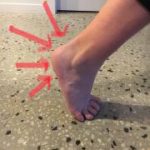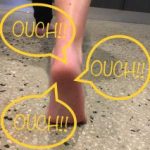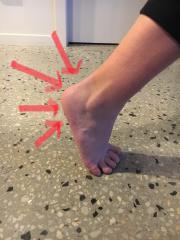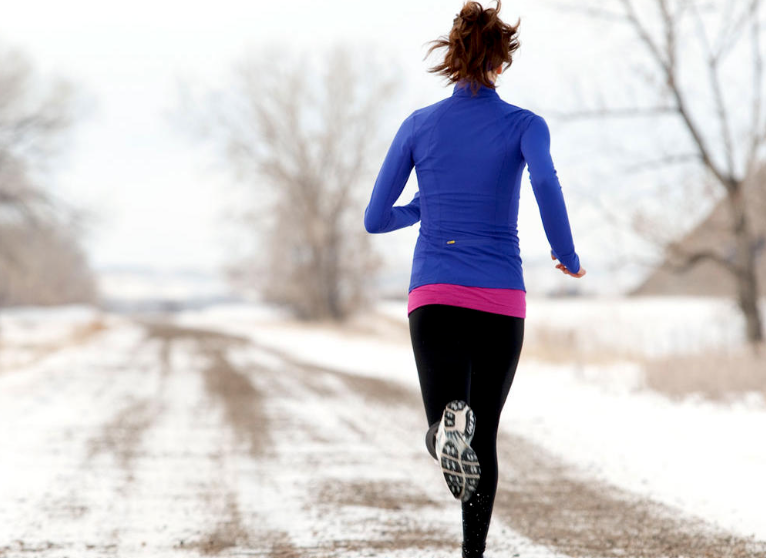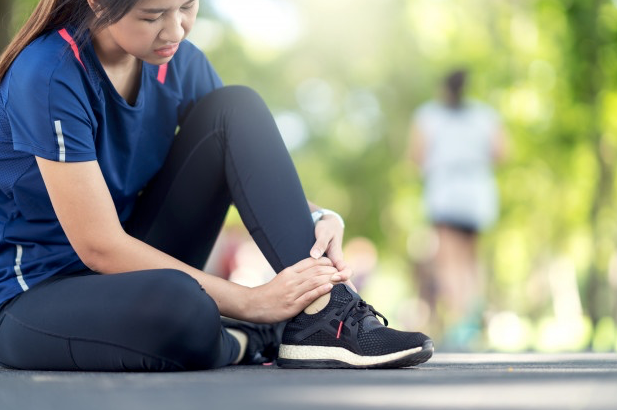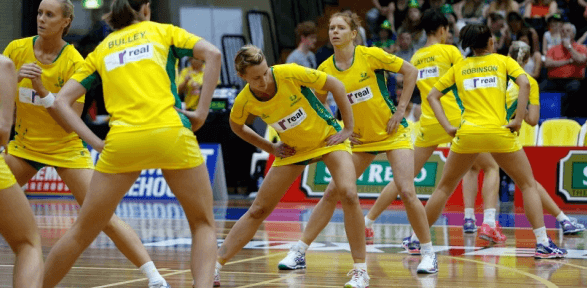It’s getting to that time of year where netball pre-season training is well and truly in full swing so we’ve put together 5 key factors to consider when preparing and planning for a successful season ahead.
1. Keep it specific
When preparing for netball it is vital to factor in key aspects of the game itself and mimic these within each session.
Netball is a high intensity, short sharp game requiring quick bursts of energy to make hard drives, take intercepts and change direction quickly. Therefore when planning your session it is necessary to incorporate some form of high-intensity interval work to get yourself and teammates in top shape for the season ahead.
High-intensity interval work incorporates short periods of work followed by short periods of rest. A good example for netball may include 10 x 20m sprints with 10 seconds rest between each sprint. Doing this will improve endurance and the body’s ability to perform under stress/fatigue to get you over the line in those close games! Not to mention high-intensity interval training boosts metabolism and will have you burning calories long after your session has ended!
2. Hydration
It is likely that during your pre-season training you will be breaking a sweat quick smart, particularly as it is often during the hottest months of the year that we begin training, therefore hydration is essential!
Dehydration occurs when we inadequately replace fluids lost and can seriously affect your capacity to perform. When we are dehydrated our muscle function significantly decreases and we fatigue at a much quicker rate. This means that we are unable to put in maximal efforts and therefore will not enjoy the maximum benefits.
Hydration should begin before you begin exercising, maintained throughout exercise and continue post exercise to assist in recovery.
Water is sufficient to keep you hydrated but you may wish to utilise a sports drink with added electrolyte and sodium has added re-hydration benefits and may assist in recovery and hydration. When selecting a sports drink opt for a drink with low caffeine and sugars levels.
3. Knee strength & stability
Did you know that during running and jumping movements the knee joint can experience forces up to 10 times your body weight?
This brings me to the next point of incorporating specific exercises that load the knee joint to enhance strength and stability and minimise risks of nasty season-ending injuries such as ACL & PCL tears. This should include exercises such as lunges, squats & burpee’s.
When incorporating these exercises it is important to begin simply and slowly progress the exercise to gradually load the joint. Where possible try to do a mix of double and single legged versions of the exercise and integrate the use of weights and resistance to assist in reducing muscle imbalances side to side! See below for squat variations.
4. Ankle stability & proprioception
One of the most common injuries we see with Netball is ankle sprains, and so it goes without saying that improving ankle stability pre-season may just be a netballers best friend!
Proprioception is a term that describes the body’s awareness of joint position and movement. In netball this plays a vital role in preventing ankle injuries during fast-paced change of directions, jumping and landing. Performing single legged exercises such as calf raises, side to side to jumps and forward jumping to a single leg landing is a great and easy way to enhance your proprioception. This combined with fast-paced agility exercise will have your ankles ready for the season ahead in no time!
5. Recovery
Perhaps one of the most important factors to consider with pre-season is recovery.
Adopting an effective recovery regime will assist your muscles to repair quicker, reduce pain from DOMS (delayed onset muscle soreness) and have you feeling eager and ready to go for your next session.
Effective recovery includes static stretching post exercise and adequate nutrition.
For many of us pre-season marks a sudden and often significant increase in physical activity and there a few additional things you can do to help reduce DOMS. These include the use of a high-quality magnesium spray or powder may assist in reducing muscle aches and cramping post exercise, foam rolling/self-massage and gentle walking in the ocean/pool.
Finally, it is important to listen to what your body is telling you during the preseason. Aches and pains often serve as a protective mechanism to the body and act as an alarm to tell us that the body does not like the way we are doing something. It is important to remember that it is not uncommon to experience muscle soreness for 1-2 days post-exercise.
If you are concerned about lingering aches/pains or would like some specific advice throughout your preseason campaign feel free to contact our friendly reception staff and book in to see one of our qualified health professionals!
